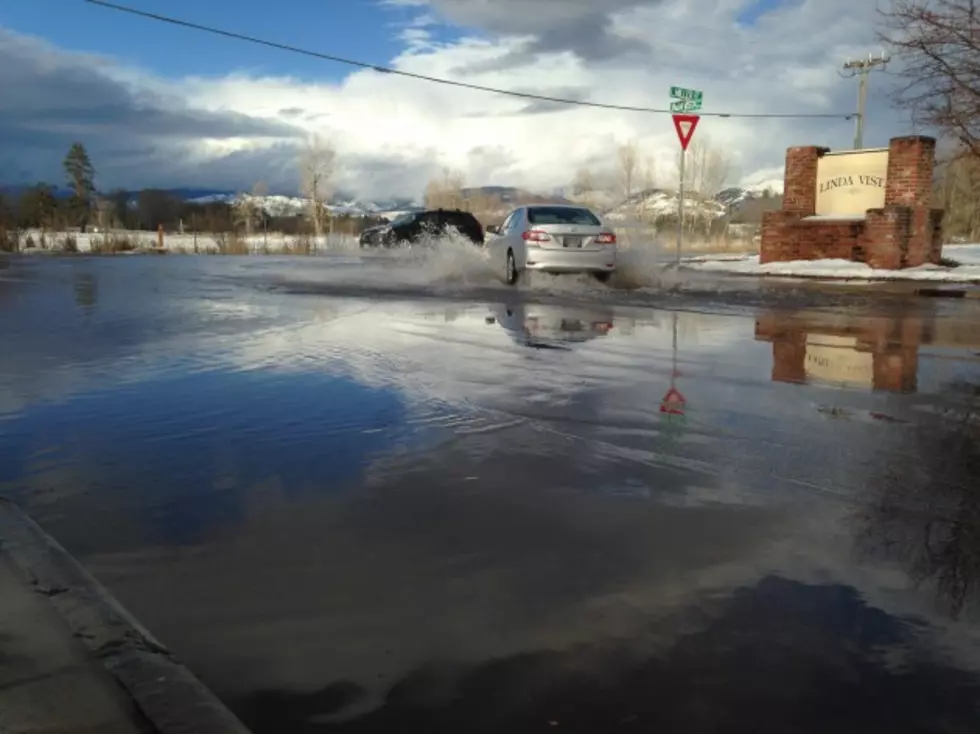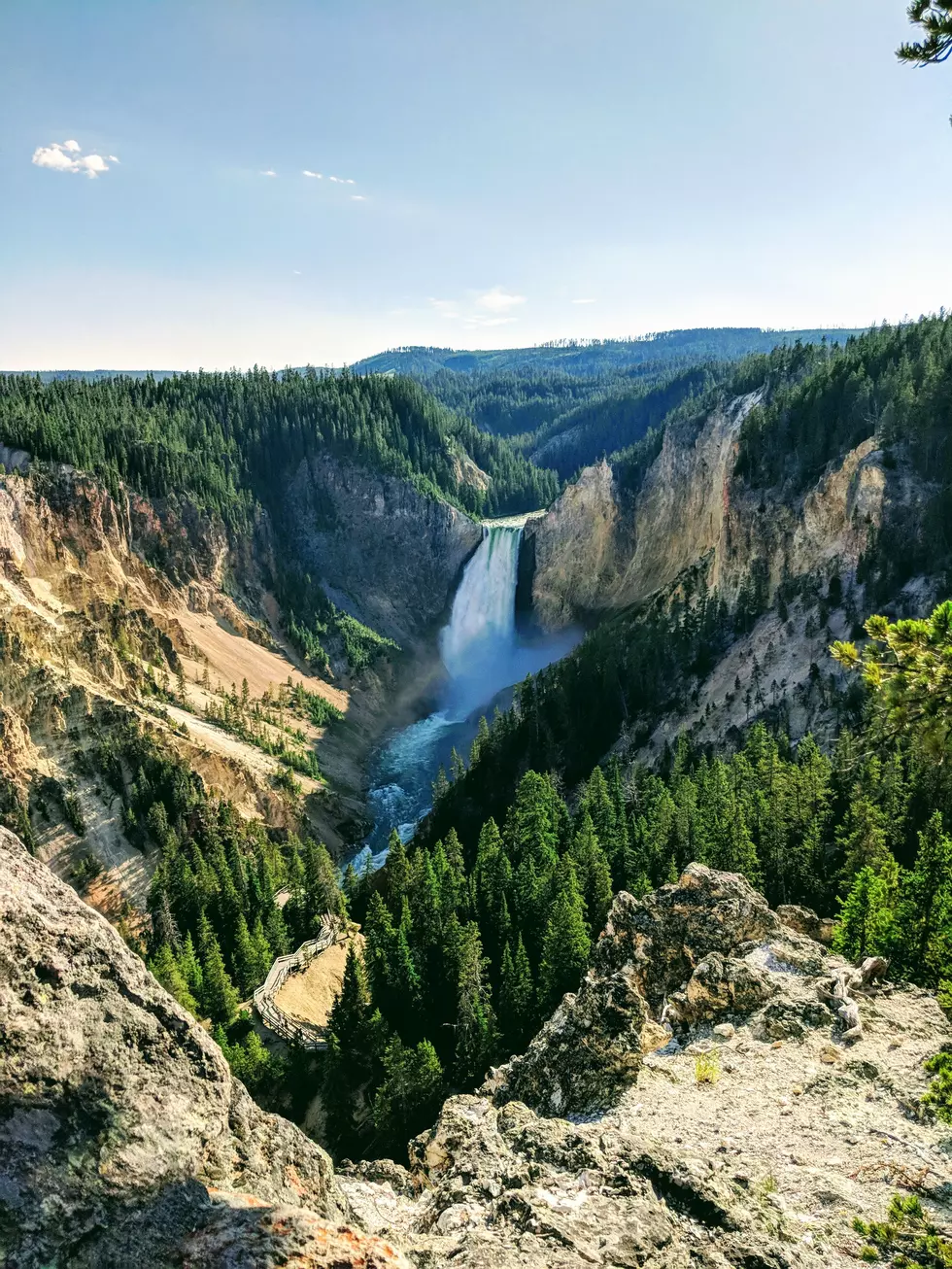
Missoula County Sherriff’s Office Encourages Preparation for Potential Spring Flooding
Even though Montana has seen record snowpack levels this year, warm spring temperatures still pose a risk for potential flooding. Missoula County Sherriff’s Office Public Information Officer Paige Pavalone wants to remind everyone about the safety precautions for flooding:
"That media advisory was bits and pieces of what everybody who means anything to floods in Missoula has to say to the community," Pavalone said. "There's things included in there such as how to prepare your house, where to get sandbags, what to do in the event that there's a flash flood, what areas are at risk, how do you find out if your house is in a floodplain, and so on. It's every resource that's available to the community so they can prepare for a potential flood."
Pavalone said she plans on giving continued information and updates as the sheriff's office receives them. Pavalone also added that nothing is eminent.
"Because of the large amount of snowpack that we've had during the winter season, if the event occurs that we get a large amount of warm weather, then that definitely increases the potential for flood," Pavalone said. "We just want people to be best prepared because the possibility is there. It's not eminent—we can't predict exactly where—but we know the areas that are high risk, and we want those folks to be ready, just in case."
Pavalone says Missoula County Public Works currently has limited supply of sandbags available.
For more information and to learn more about flooding around Montana, visit www.floodsmart.gov.
Below is the official press release from the sheriff's office:
The public is encouraged to begin preparing for potential flooding. Missoula Emergency Officials and the National Weather Service believe that current snow pack levels pose a risk for potential flooding in and around Missoula County this spring. Several agencies from Missoula City and County are coordinating efforts to plan for potential flooding. Below is some information you should know about flooding to help you make informed decisions about your safety and your property.
· If your home or neighborhood has flooded in the past (specifically in 2011) then you remain at risk for flooding this year.
· If you own a home in a flood prone area consider flood insurance NOW. Homeowner's policies do not cover flooding. There is a 30-day waiting period before the policy is in effect. For more information go to www.floodsmart.gov. The average annual FEMA flood insurance premium in Missoula County for those in the designated floodplain is $921. Properties not in designated floodplains can also be at risk for flood and nearly 25% of flood claims are for structures outside designated floodplains. The average annual FEMA flood insurance premium in Missoula County for those outside of the designated floodplain is $390.
· Missoula’s Emergency Responders endorse Smart 911. We ask all residents to sign up and create a family Safety Profile and share this information with local emergency officials. Sharing your information will help identify people that require extra help during a disaster. To create your family’s Safety Profile go to www.smart911.com
· The National Weather Service is monitoring basin snowpack, warm and/or wet patterns and stream flows specifically for flash flood threatened properties in Lolo Creek Complex burn area. Monitor local radio and television for weather alerts impacting your area.
· At this time, Missoula County Public Works has a limited supply of sandbags available to the public. These unfilled sandbags can be picked up at 6089 Training Drive (just west of the Missoula Airport on Highway 10 West) between the hours of 7:00 a.m. and 4:00 p.m. Call 258-INFO for more information about local sand vendors.
· If hazardous flood conditions develop and evacuations are warranted – flyers will be posted on your door by emergency responders with clear evacuation instructions.
· The public is encouraged to assess their household emergency plan. The public is encouraged to have supplies such as food, water, batteries, medicine, etc for up to three days duration at a minimum.
· Copy your most important documents and store them outside of your home. Take photos of your most valuable items and save and store receipts. Make a comprehensive itemized list of your belongings.
More From Newstalk KGVO 1290 AM & 98.3 FM








